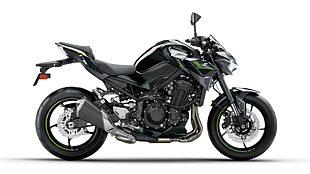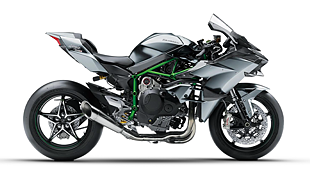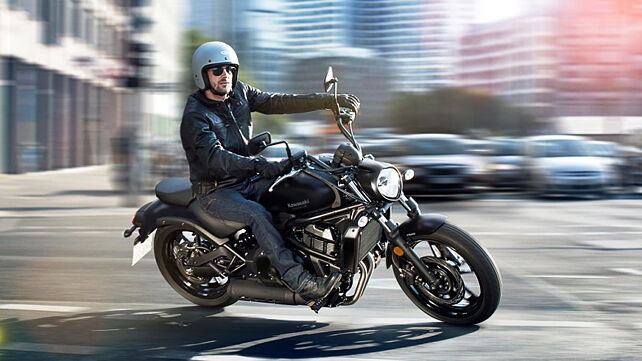
The cruiser segment in the Indian market recently welcomed the Kawasaki Vulcan S. However, the new boy on the block has rivals. There is the Harley-Davidson Street 750 and the Hyosung Aquila Pro. How well does the Vulcan S fit in? We find out.
Design
The Kawasaki Vulcan S gets muscular styling cues combined with the laid-back riding position of a traditional cruiser. It sports a modern-appeal to make it entreating to a young audience. The design of the Vulcan S is different from its bigger siblings which are sold internationally thanks to the inverted triangular headlamp,blacked out components and the short exhaust. The Harley-Street 750 too gets the styling cues of an American cruiser however the cafe-racer inspired headlamp cowl lend a retro touch to the bike.Except for the rear shocks and the front forks, which are garnished in chrome, the entire motorcycle gets a matte black theme. The Hyosung Aquila Pro looks comparitively bigger thanks to a wide handlebar. The manufacturer has given the bike generous amounts of chrome to boost its cruiser characteristics.
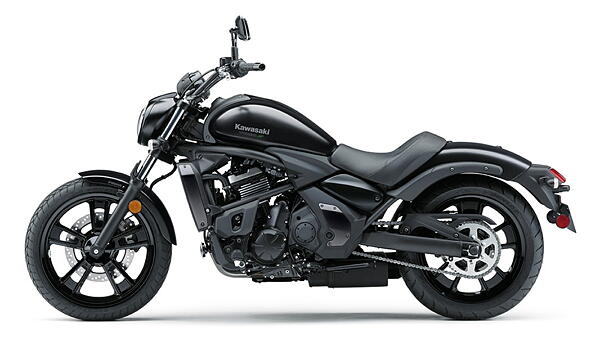
The Vulcan S gets a semi-digital instrument cluster which incorporates the tachometer on an analogue unit while basic information like speedometer, trip meter, gear indicator, gear change light clock is displayed on the digital unit. The Aquila Pro gets a fully digital instrument cluster which displays all basic information but is a visibly small unit. The Harley-Davidson Street 750 has the most basic instrument cluster. This unit consists of an analogue speedometer and houses a small digital unit which only displays the tripmeter and odometer.
Features and cycle parts
The Kawasaki Vulcan S rides on 41mm telescopic forks upfront and an offset monoshock at the rear that is preload adjustable. Stopping power on the bike comes from a 300mm front disc and a 250mm rear disc. The Vulcan S tips the scale at 226kg and has a fuel tank capacity of 14 litres.
The Hyosung Aquila Pro gets an gets upside down telescopic front suspension and hydraulic double shock absorbers at the rear. Braking duties are handled by 300mm discs for the front and a single 270mm disc at the rear. The bike sports a 16-litre fuel tank and a kerb weight of 240kg.
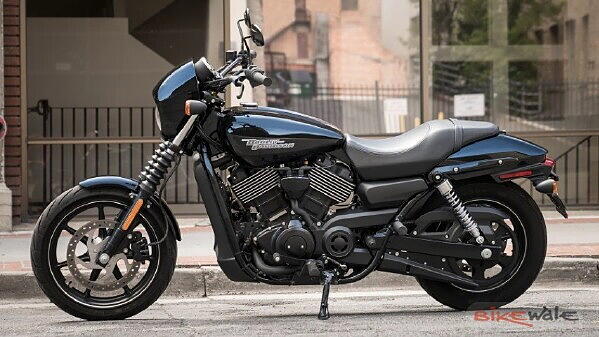
The Harley-Davidson Street 750 also rides on telescopic front forks and gets a gas-charged twin shocks at the rear. A 292mm disc up front and a 260mm disc at the rear are responsible for bringing the bike to a halt.
While both the Vulcan S and the Street 750 get dual-channel ABS as standard, the Hyosung Aquila Pro misses out on it. In terms of electronics, the Harley-Davidson Street 750 also boasts of the company’s proprietary smart security system and a proximity key-fob.
Engine
The Kawasaki Vulcan S uses a retuned version of the Ninja 650's liquid-cooled, 650cc parallel-twin engine that produces 60bhp and 63Nm of torque. This motor is mated to a six-speed gearbox that transfers power to the rear wheel via a chain drive.
The Street 750 is powered by the 749cc liquid-cooled 'Revolution X' V-twin engine. The engine delivers 47bhp and 59Nm of torque and is mated to a six-speed transmission with belt drive. Even though it has the highest engine displacement, the Street 750 is the least powerful bike here.
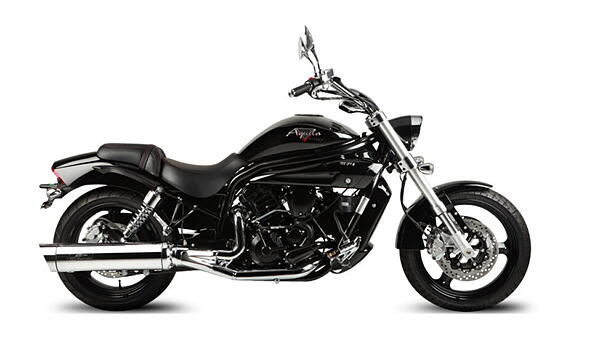
The Aquila Pro650 gets a 647cc 8-valve engine that produces 74bhp and 62Nm of torque, making it the most powerful bike in this list. It is belt driven and gets a five-speed gearbox.
Pricing
You could lay your hands on the Kawasaki Vulcan S at a price of Rs 5.44 lakhs. While the Harley-Davidson is priced slightly lower at Rs 5.43 lakhs. The Hyosung Aquila Pro is the most expensive bike here with a retail price of Rs 5.63 lakhs
All prices ex-showroom, Delhi.

![Kawasaki Vulcan S [2018-2019] Image Kawasaki Vulcan S [2018-2019] Image](https://imgd.aeplcdn.com/272x153/bw/models/kawasaki-vulcan-s-black20190722135433.jpg?q=80)


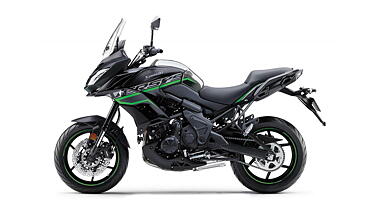

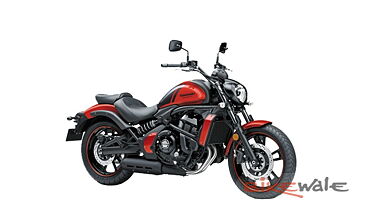
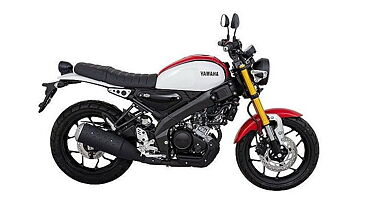

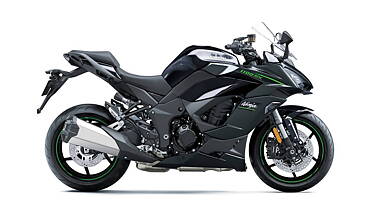

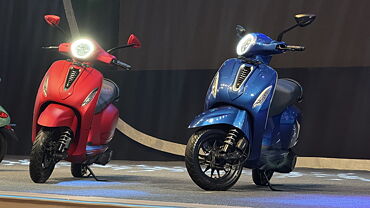
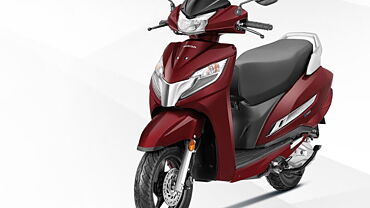
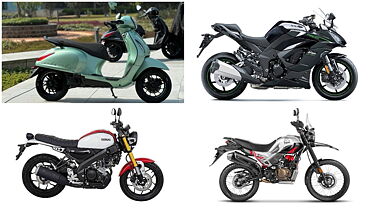


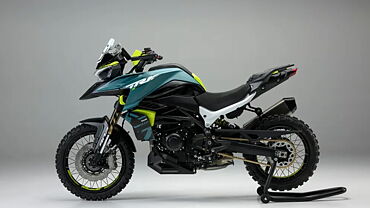
![Kawasaki Vulcan S [2018-2019] Exterior Kawasaki Vulcan S [2018-2019] Exterior](https://imgd.aeplcdn.com/199x112/bw/ec/34891/Kawasaki-Vulcan-S-First-Ride-Review-129403.jpg?wm=2&q=80)
![Kawasaki Vulcan S [2018-2019] Exterior Kawasaki Vulcan S [2018-2019] Exterior](https://imgd.aeplcdn.com/199x112/bw/ec/34891/Kawasaki-Vulcan-S-First-Ride-Review-129452.jpg?wm=0&q=80)
![Kawasaki Vulcan S [2018-2019] Exterior Kawasaki Vulcan S [2018-2019] Exterior](https://imgd.aeplcdn.com/199x112/bw/ec/34891/Kawasaki-Vulcan-S-First-Ride-Review-129405.jpg?wm=2&q=80)
![Kawasaki Vulcan S [2018-2019] Action Kawasaki Vulcan S [2018-2019] Action](https://imgd.aeplcdn.com/199x112/bw/ec/34891/Kawasaki-Vulcan-S-First-Ride-Review-129439.jpg?wm=2&q=80)
![Kawasaki Vulcan S [2018-2019] Action Kawasaki Vulcan S [2018-2019] Action](https://imgd.aeplcdn.com/468x263/bw/ec/34891/Kawasaki-Vulcan-S-First-Ride-Review-129428.jpg?wm=2&q=80)
